18 States with Living Expenses as Steep as California’s
California is known for its high living expenses, particularly in cities like Los Angeles, San Francisco, and San Diego. However, it is not the only state where residents face steep costs. Several other states have similarly high living costs, especially in their urban areas. These states often feature pricey housing markets, expensive utilities, and costly everyday goods. Factors like job opportunities, demand for housing, and local economies contribute to these rising expenses. Understanding where living costs are as high as in California can help potential movers make informed decisions. This list highlights states where living expenses are comparable to the Golden State, offering insight into their economic challenges.
This post may contain affiliate links, which helps keep this content free. Please read our disclosure for more info.
New York

New York, especially in New York City, is one of the most expensive places to live in the United States. Housing costs are sky-high, with rent for a one-bedroom apartment in Manhattan often exceeding $3,000 per month. Utility bills, groceries, and general services also carry a premium in this state.
The overall cost of living in New York is about 30% higher than the national average, similar to California’s expensive lifestyle. For comparison, living in California can sometimes be slightly more expensive than New York, but both states have very high housing and service costs, particularly in urban areas like Los Angeles and San Francisco.
Hawaii

Hawaii ranks high on the list due to its isolated location and reliance on imports. The cost of living in Hawaii is over 80% higher than the national average, and housing prices are steep due to limited availability of land. Rent for a one-bedroom apartment can easily top $2,500, similar to California’s larger cities.
In addition to housing, grocery bills are another factor that makes Hawaii’s cost of living skyrocket. Due to its location, many items must be shipped in, which drives prices up. While California’s coastlines may share a similar cost of living, Hawaii’s lack of local production and high energy costs make it even more expensive for residents.
Massachusetts

Massachusetts is known for its high housing costs, particularly in cities like Boston. Rent prices are comparable to those in California, with one-bedroom apartments in desirable areas often reaching upwards of $2,500 per month. Along with rent, other expenses such as food and healthcare are also more expensive than the national average.
The cost of living in Massachusetts is about 30% higher than the U.S. average, aligning closely with California’s. Like California, Massachusetts also has a booming job market in tech, healthcare, and education, driving demand for housing and pushing costs upward. Whether in Boston or surrounding areas, residents pay a premium for proximity to top-tier jobs and education.
Maryland
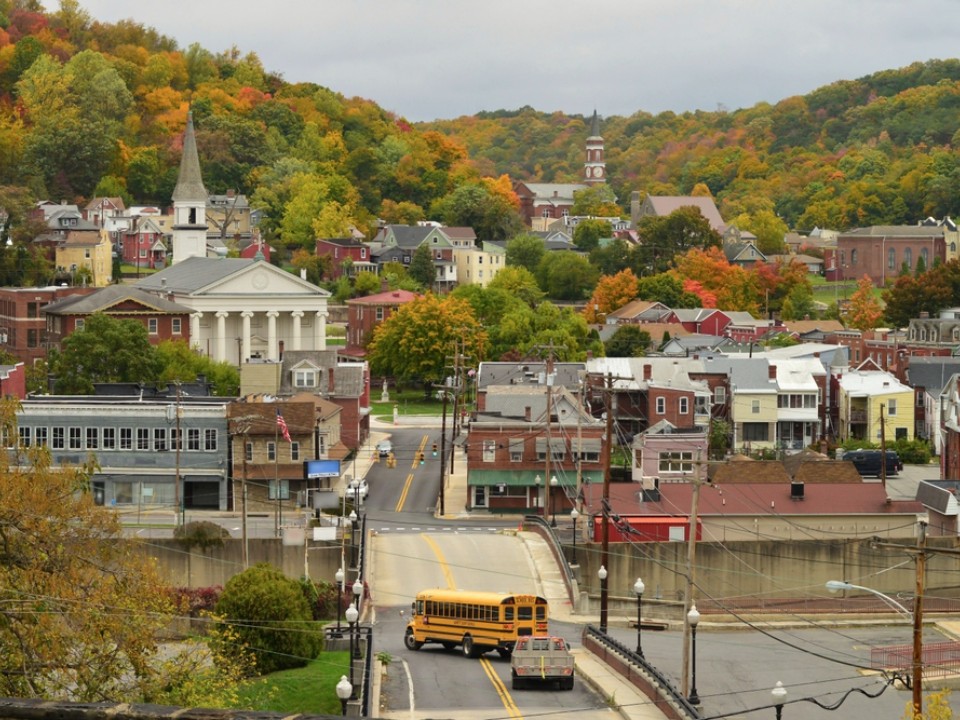
Maryland is home to some of the highest living costs on the East Coast, particularly in cities near Washington, D.C. The cost of living in Maryland can be about 40% higher than the national average. Rent prices in areas like Arlington, close to D.C., can rival those in San Francisco or Los Angeles, with one-bedroom apartments often exceeding $2,500 per month.
With high housing costs and steep healthcare premiums, Maryland’s cost of living is close to California’s. The state’s proximity to Washington, D.C., means residents are paying a premium for both convenience and the high salaries that come with government-related jobs. This makes Maryland’s living expenses comparable to those of major cities in California.
Connecticut
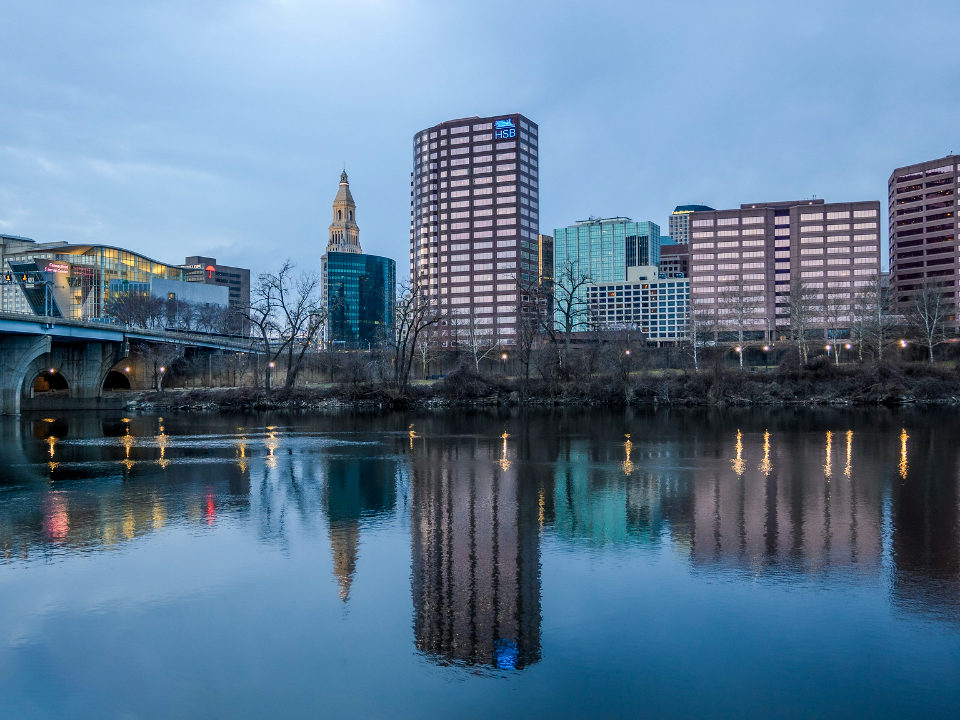
Connecticut is one of the most expensive states in New England, especially near urban areas like Hartford and New Haven. Housing is a major cost, with prices for homes and rent typically higher than the national average. The cost of living in Connecticut is about 30% higher than the national average. Rent in desirable urban locations can be just as expensive as in major California cities, with one-bedroom apartments going for more than $2,500 per month.
While the cost of living in Connecticut can vary depending on the area, it generally matches the steep costs of living in California. Connecticut’s urban areas offer good jobs, making the cost of living similar to that in cities like San Francisco. The combination of expensive housing and high general living expenses makes Connecticut comparable to California in terms of living costs.
Alaska

Alaska is another state with a high cost of living due to its geographical isolation. Like Hawaii, most goods must be imported, which increases prices for food and goods. Housing costs in places like Anchorage can be similar to California’s major cities, with one-bedroom apartments often costing $2,000 or more. The cost of food, utilities, and fuel is also higher than the national average, primarily due to the state’s isolation.
In addition to the cost of food and housing, utilities and fuel are also pricier in Alaska. Residents often pay more for heating and electricity in the cold winters. Despite the stark differences between California’s climate and Alaska’s, the overall cost of living in both states is nearly identical when factoring in transportation, housing, and general expenses.
Colorado
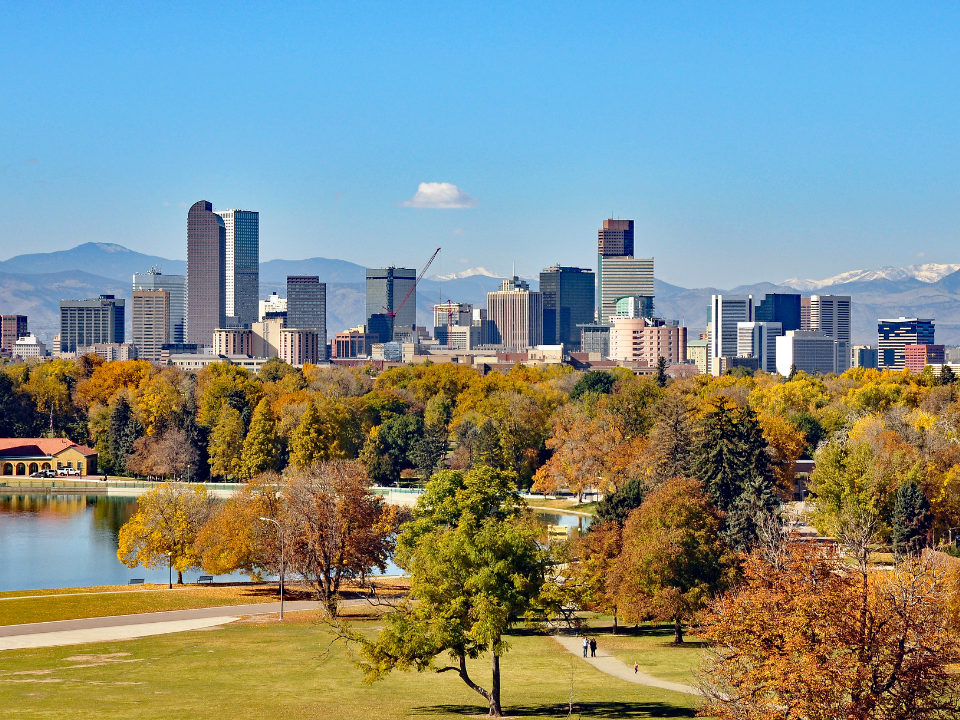
Colorado’s cost of living has increased significantly over the past few years, particularly in cities like Denver and Boulder. Housing prices have surged due to growing demand, making rent comparable to areas in California. One-bedroom apartments in downtown Denver can cost upwards of $2,500 per month, similar to those in California cities.
The state’s popularity has driven up the cost of living, much like California’s. While California has historically had higher costs, the gap is narrowing in Colorado due to the influx of new residents. Colorado’s housing market, transportation costs, and lifestyle expenses place it in line with California’s steep cost of living.
Illinois

Chicago, Illinois, stands as one of the most expensive cities in the Midwest, and its cost of living is comparable to major Californian cities. Rent prices, especially in desirable neighborhoods, can be higher than in less central areas of California. Utilities, groceries, and entertainment costs also tend to be more expensive than the national average.
Illinois’ cost of living in Chicago closely mirrors the costs found in California’s large urban centers. The Overall cost of living in Illinois is about 20% higher than the national average. Rent in upscale neighborhoods can match or exceed that in California’s second-tier cities, with one-bedroom apartments typically costing over $2,000 per month.
Virginia
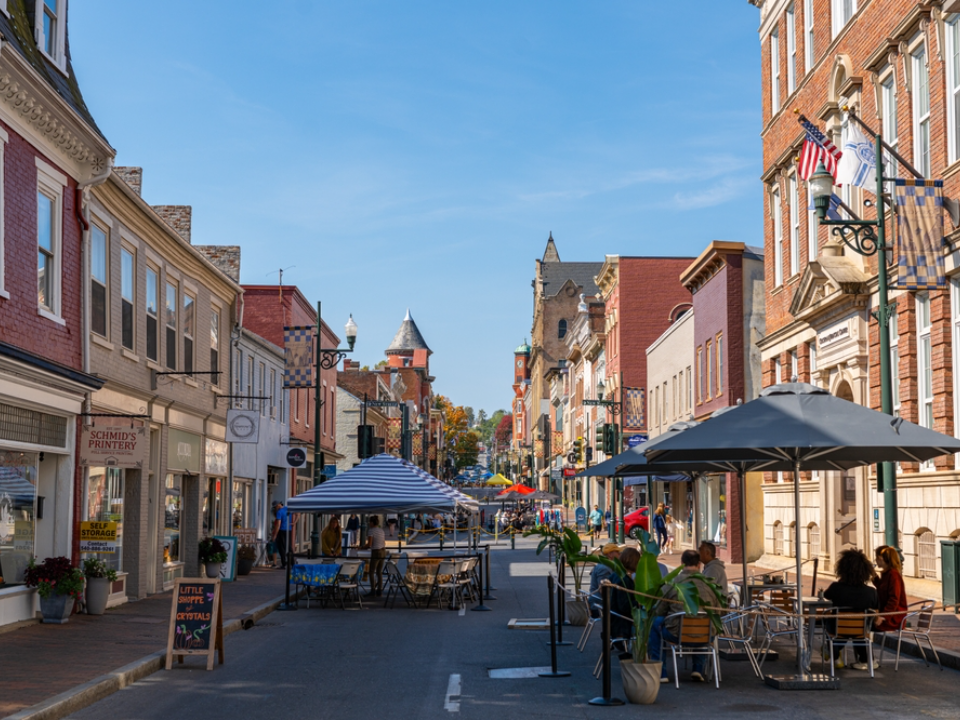
Virginia, particularly areas near Washington, D.C., such as Arlington, has some of the highest living expenses in the country. Rent in these areas is comparable to major Californian cities, and food, utilities, and transportation costs also rank high. For instance, Arlington’s average one-bedroom apartment costs around $2,500, putting it on par with cities like Los Angeles.
With a growing tech and government-related job market, Virginia’s high demand for housing contributes to the steep cost of living. Much like California, the state’s proximity to a major economic hub like Washington, D.C., drives up living expenses. For those living in Northern Virginia, the cost of living is comparable to living in San Francisco or other expensive parts of California.
New Jersey

New Jersey’s proximity to New York City makes it an expensive state to live in. Rent in these areas can rival those in California, with one-bedroom apartments often exceeding $2,500 per month. The overall cost of living in New Jersey is around 30% higher than the national average. Grocery bills, healthcare, and transportation are also much higher than the national average.
For comparison, New Jersey’s cost of living is slightly lower than New York’s but still significantly high when compared to the rest of the country. As with California, housing is the main expense, followed by higher-than-average prices for goods and services. The overall living expenses are very close to what one might expect to pay in California’s urban centers.
Oregon
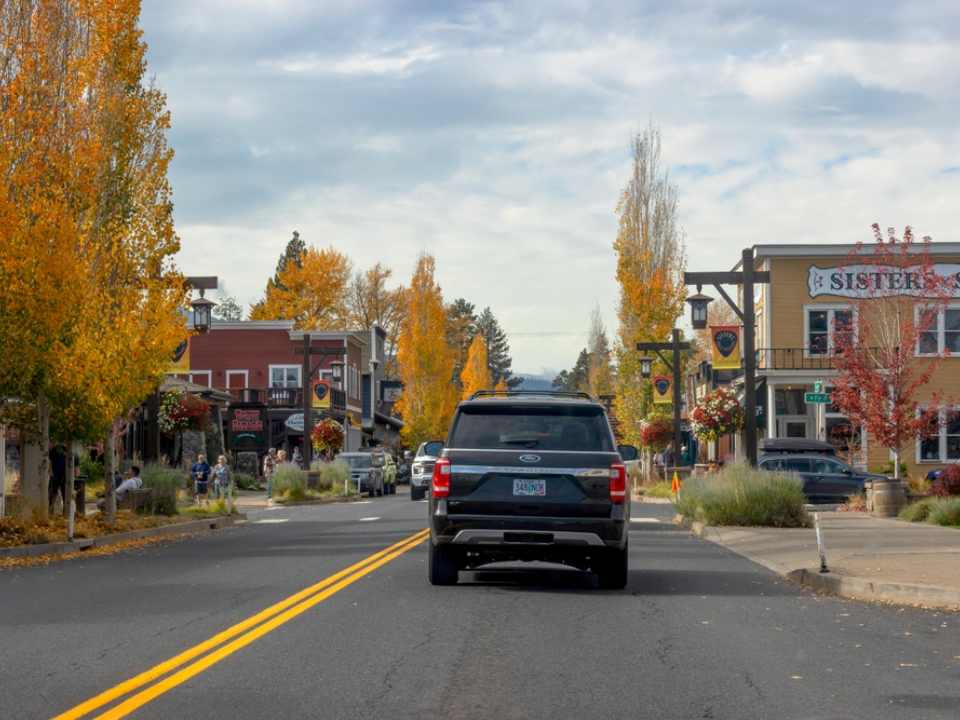
Oregon, particularly Portland, has seen its cost of living increase over the past few years. With a growing population and increased demand for housing, the rent in Portland has surpassed $2,000 for a one-bedroom apartment, which is on par with California cities like San Diego. Utilities, transportation, and food costs also contribute to the high cost of living in the state.
While Oregon’s cost of living might be slightly less than California’s, the rapid rise in housing prices and overall lifestyle costs have made it comparable. Portland’s popularity and economic growth have driven up costs, making Oregon one of the more expensive states to live in, just like California.
Washington State
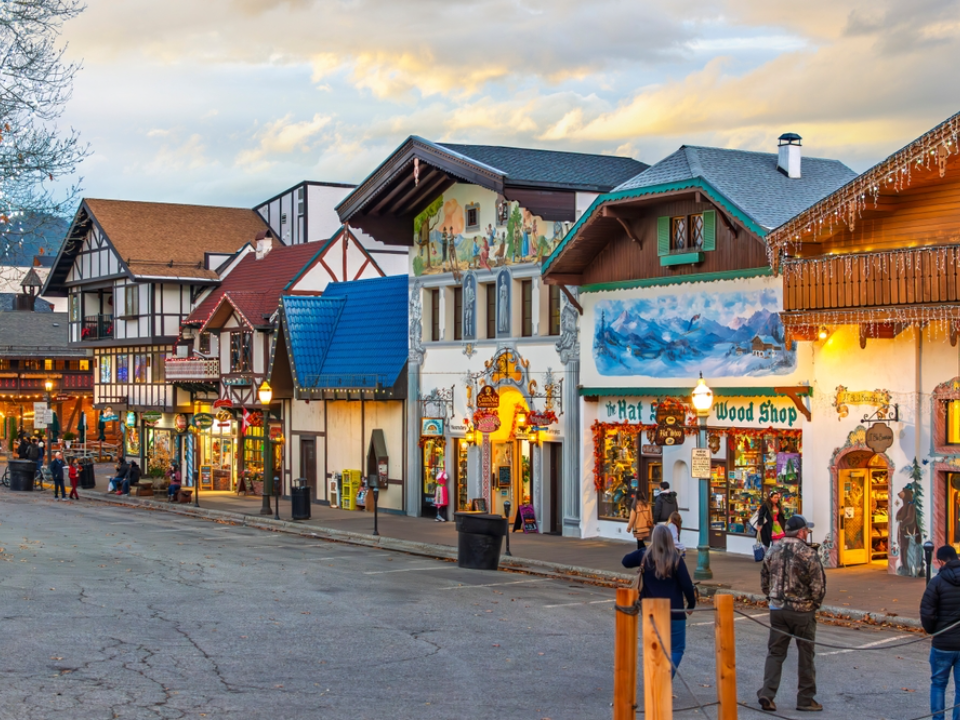
Washington, especially Seattle, offers a similar living experience to California. The cost of housing is high, with rent in Seattle averaging around $2,500 for a one-bedroom apartment in desirable areas. Other expenses such as groceries and utilities also contribute to the steep cost of living.
Washington’s cost of living is comparable to California’s, especially in areas like Seattle. With a booming tech industry and high demand for housing, both states have seen steep increases in rent and general living expenses over the years. Washington’s major cities mirror the lifestyle and expenses found in California’s metropolitan areas.
Nevada

Nevada’s cost of living is rising rapidly, particularly in Las Vegas. The cost of rent has surged, with one-bedroom apartments in central areas costing upwards of $1,800 per month. The overall cost of living in Nevada is about 20% higher than the national average.
While Nevada remains more affordable than California in some areas, its housing market is catching up due to increased demand from people moving to the state for job opportunities. The rise in rent and living costs makes Nevada’s urban areas comparable to California’s less expensive cities.
Arizona
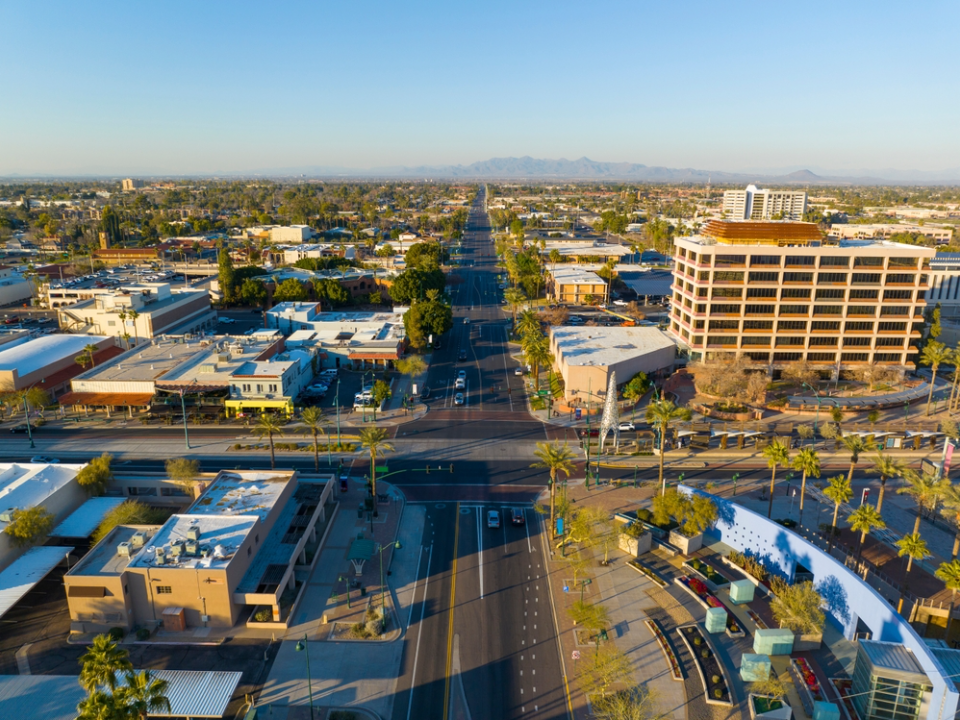
Arizona, particularly in Phoenix, has seen a significant increase in living expenses in recent years. Rent in desirable neighborhoods can exceed $1,800 per month, placing it on par with California’s secondary cities like Sacramento. The overall cost of living is about 20% higher than the national average.
Like California, Arizona’s economic growth and job opportunities in industries like technology and healthcare have driven up demand for housing and services. While still more affordable than California’s coastal cities, Arizona’s major cities have experienced a sharp rise in living costs.
Florida
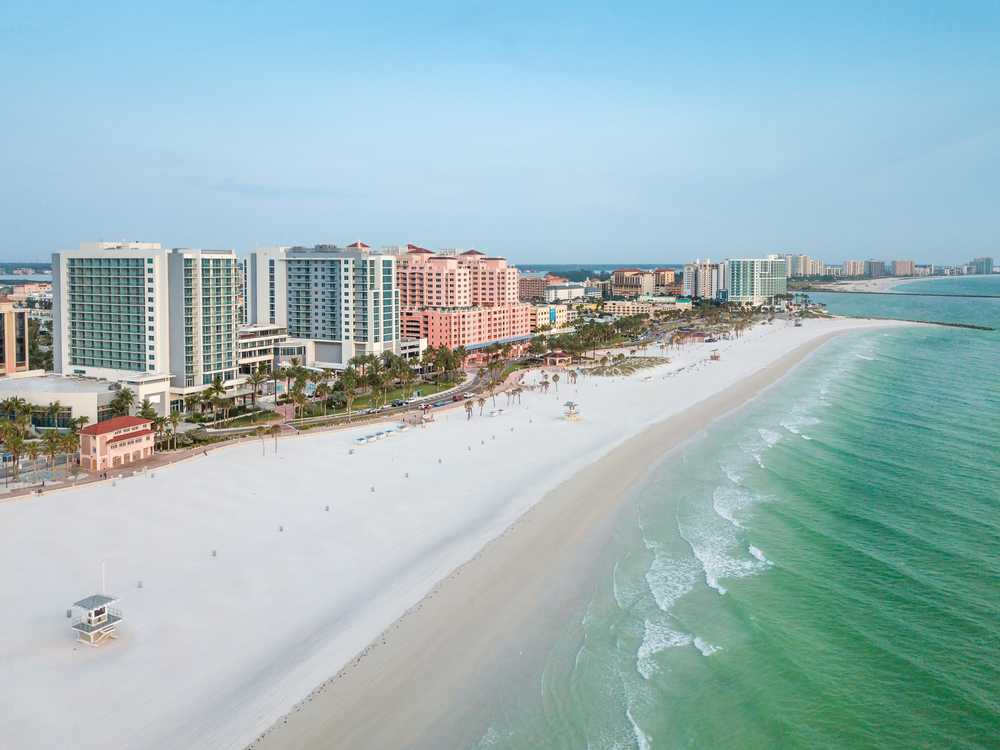
Florida’s cost of living is on the rise, especially in cities like Miami and Tampa. Rent for one-bedroom apartments in downtown Miami can approach or exceed $2,500 per month, similar to California’s high-demand cities. The overall cost of living in Florida is about 20% higher than the national average.
Florida’s popularity as a tourist destination, combined with growing job markets in finance and tourism, has driven demand for housing and services. These factors have pushed Florida’s cost of living close to the level of California’s more affordable cities.
Georgia
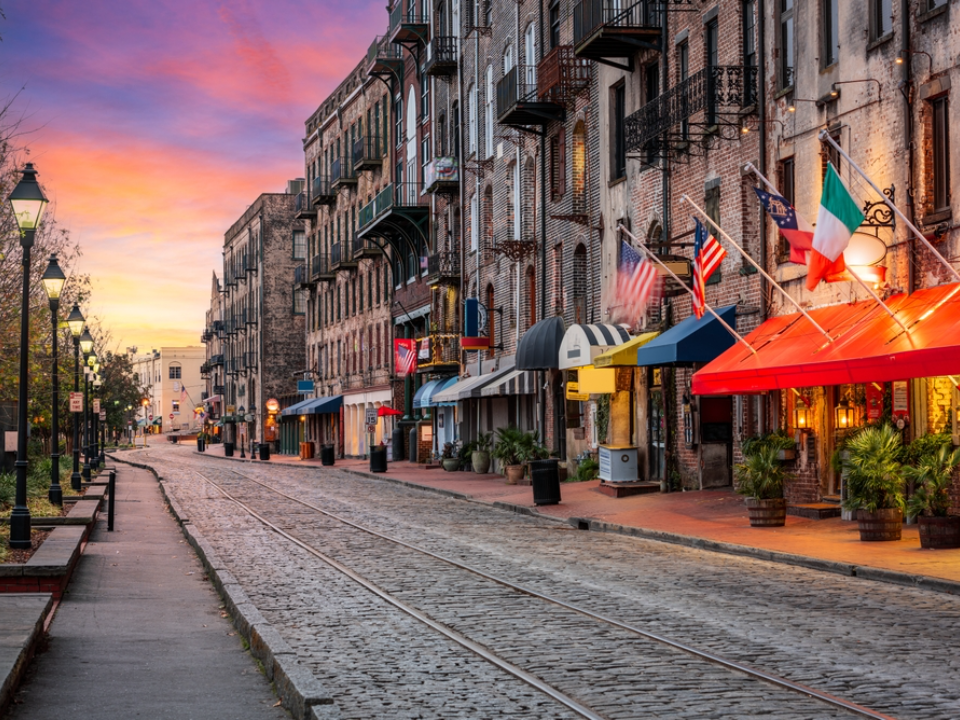
Georgia, particularly in Atlanta, has seen its living costs increase significantly due to a growing job market and an influx of new residents. Rent in Atlanta is climbing, with one-bedroom apartments often costing more than $2,000 per month in desirable neighborhoods. The overall cost of living in Georgia is about 20% higher than the national average.
The growing economy, particularly in sectors like entertainment, technology, and healthcare, has fueled the rise in demand for housing. With Atlanta’s cost of living now comparable to California’s less expensive cities, Georgia is becoming one of the more costly states to live in.
Texas
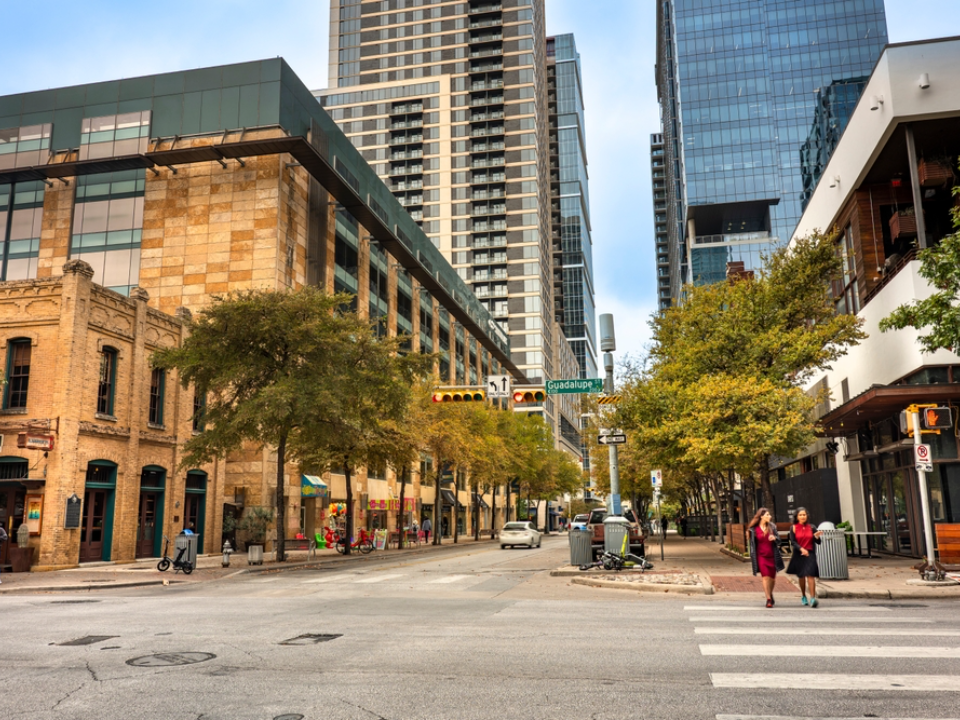
Texas, particularly in cities like Austin and Dallas, has seen its cost of living rise due to booming job markets in tech and other industries. Rent in central areas like downtown Austin can exceed $2,000 per month for a one-bedroom apartment, similar to secondary California cities. The overall cost of living in Texas is about 15% higher than the national average.
While Texas has been known for its relatively affordable housing, the rapid growth in its tech sector and influx of new residents have driven up costs. Texas cities are now seeing costs comparable to California’s more affordable urban areas, particularly in housing and transportation.
Michigan
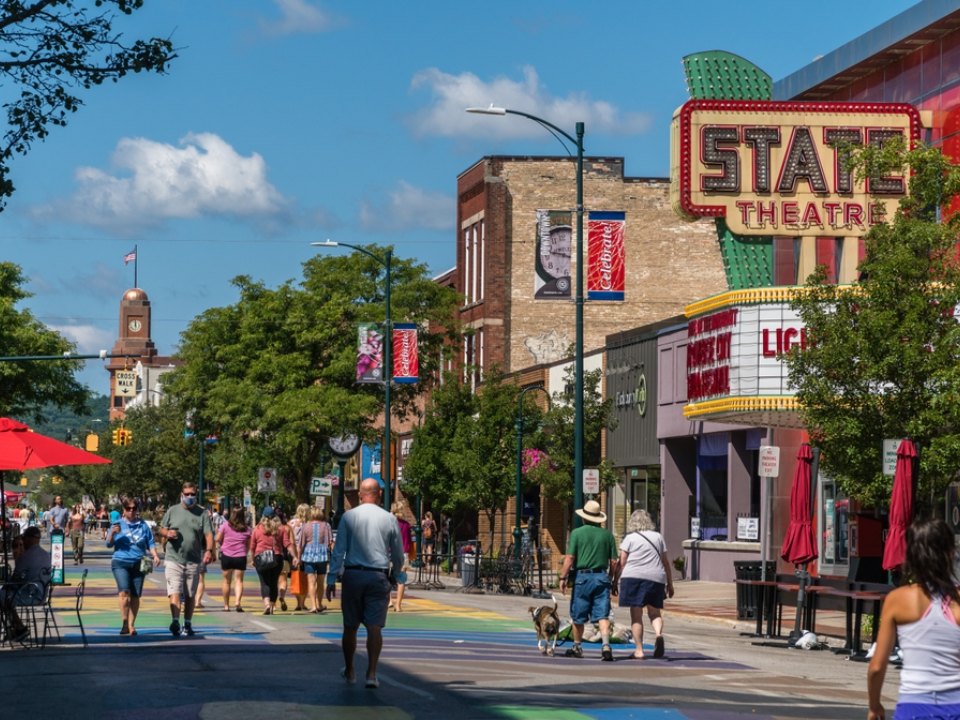
Michigan, particularly in Detroit and Ann Arbor, has experienced rising living costs, though it remains generally more affordable than California. Rent in Ann Arbor can rival that of California cities, with one-bedroom apartments often exceeding $2,000 per month. The overall cost of living in Michigan is about 15% higher than the national average.
The cost of living is driven by a combination of housing demand, an improving economy, and high-quality services. While Michigan is generally more affordable than California, the rising costs in cities like Ann Arbor make it one of the more expensive states to live in.
This article originally appeared on Avocadu.
